The first plant displaying structural colour has been discovered

The shimmering multicoloured berries of the African shrub Pollia condensata are the first plant material to show structural colour – derived from their cellular configuration rather than pigments. They are also the brightest biological material ever discovered, more reflective than other structurally-coloured tissues like beetle exoskeletons, bird feathers or butterfly wings.
The colouring comes from layers of cellulose fibrils, each arranged at a slight angle to the one beneath. These helical stacks interact with circularly polarised light to filter different colours depending on the thickness of the layers. As layer thickness varies from cell to cell, the overall effect is dappled, reminiscent of the coloured spot textures of pointillist art or pixellated digital images.
The effect was discovered by analysis of a 38-year old specimen of the fruit collected in Ghana and held at Kew Gardens in London, UK. Ullrich Steiner and a team from the University of Cambridge, UK, used transmission electron microscopy to elucidate the structure that allows the fruit to maintain its iridescence over timescales in which conventional pigments would degrade.
References
S Vignolini et al, Proc. Natl. Acad. Sci. USA, 2012, DOI: 10.1073/pnas.1210105109
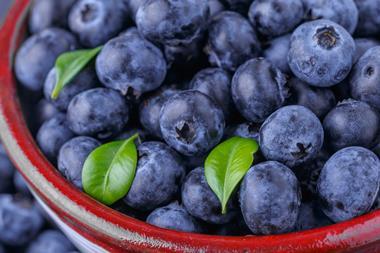
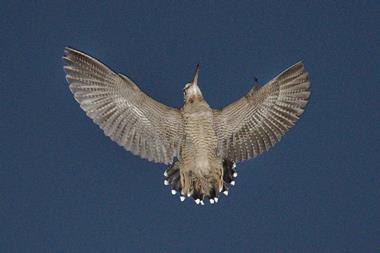
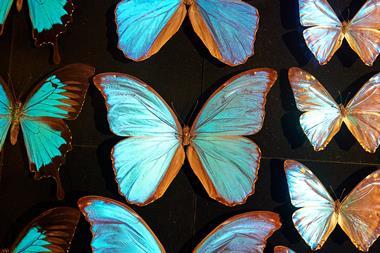
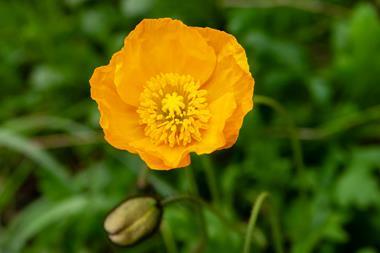
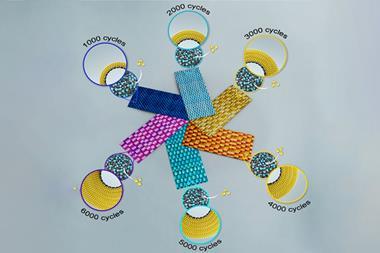
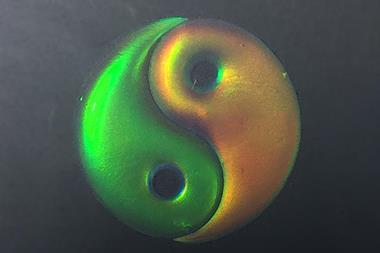






No comments yet